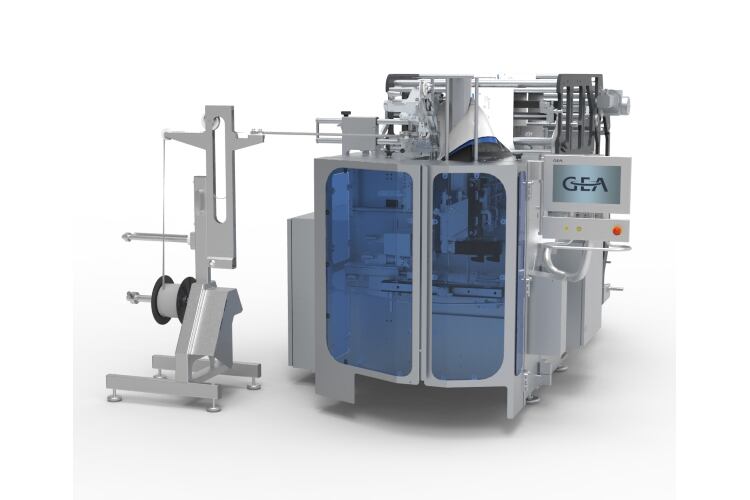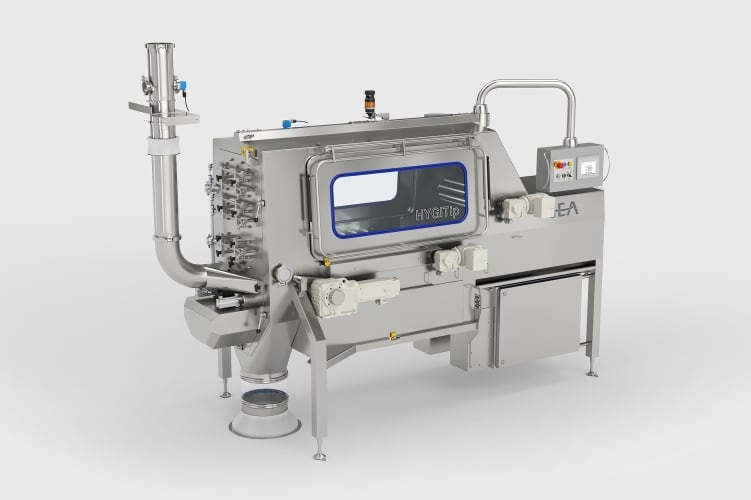It combines fast, high-quality operation with maximum flexibility and uptime. Apart from producing D-Zip bags, the machine can produce more than 10 different bag styles for a wide variety of applications such as grated cheese, candy, nuts and frozen fruit.
The new machine integrates a newly-developed corner seal unit, designed to reduce complexity and improve quality, flexibility and serviceability.
While the GEA SmartPacker has been on the market for more than 60 years, the company said its new CX400 D-Zip has an output of up to 100 D-Zip bags/minute; has 98% uptime and the smallest footprint of any other comparable machine in the industry.
In developing the SmartPacker CX400 D-Zip, GEA said its engineers listened to customers taking into account key industry trends. For example, more flexibility in bag-styles is required, as seen in the increasing demand for stand-up pouches; a need to reduce maintenance costs and downtime; combining the quality of pouches made on conventional horizontal machines with the advantages of a SmartPacker; as well as the need for increased sustainability in manufacturing.
The SmartPacker CX400 D-Zip creates all existing bag styles, has a changeover time of under 45 minutes – without the use of special tools – and features front discharge. The company said its D-Zip bag features “smooth and sharp cross seals, an elegant and slim design, wrinkle-free seals with high density and air/gas-tight sealing.”
The new product features GEA’s new corner seal unit, which introduces greater flexibility into the SmartPacker, as it is capable of varying in seal width and, depending on needs, can be configured for two or four seals.
Like the GEA SmartPacker CX400 D-Zip, it has a compact design and does not require specialist tooling when changing formats. GEA engineers have also included accessibility to areas where heavy wear can be expected, including sealing and folding, to reduce maintenance time.
The GEA SmartPacker CX400 D-Zip design reduces the amount of plastic required for the zipper by approximately 15% by eliminating the zipper-material in the cross seal. Additional plastic waste is avoided given no punching is required in making the zipper.




